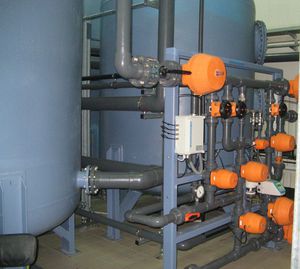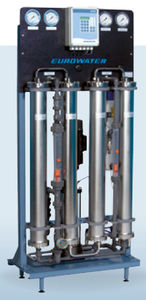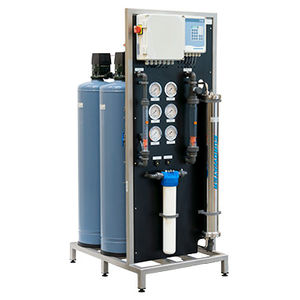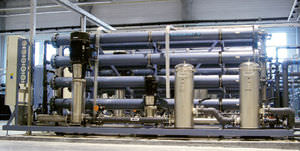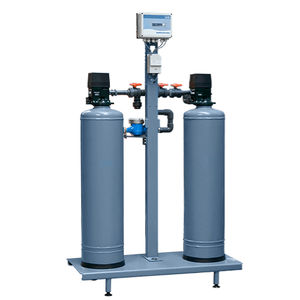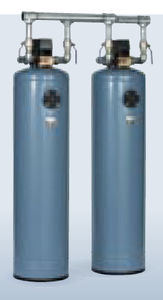
- Environment - Health - Safety
- Water Treatment
- Water softener
- Silhorko-Eurowater A/S
Water softener SMH / SMP



Add to favorites
Compare this product
Characteristics
- Output
Max.: 30 m³/h
(1,059.4 ft³/h)Min.: 0 m³/h
(0 ft³/h)
Description
Softening units for removal of hardness
The softening units are used for reduction of calcium and magnesium in the water using a cation exchanger. Calcium and magnesium are exchanged for sodium through ion exchange.
Softened water is used for steam boiler plants, district heating plants, laundries, cooling towers, rinse processes, washing, dishwashing etc.
Softening prevents calcium deposits in e.g. piping, steam boilers, district heating installations, hot water units, heat exchangers, and cooling towers. Traditional use of chemicals for calcium binding can be avoided. In other words, softening can optimize energy use in boilers and hot-water units, minimize chemical usage and prolong the life of installations and plants.
Our product range comprises a wide number of standard plants, all engineered and manufactured in-house. The starting point is our modular-built standard system ensuring high flexibility, high reliability in operation, and short delivery time. Each solution can be customized and built according to the specific application by adapting the choice of material, instrumentation, and control system - based on our combined know-how.
Standard plants are available as one-tank or two-tank units for continuous water production. Each tank has individual valves to ensure reliable operation. All plant types come with a brine tank.
Several of the plant types are available for treatment of both cold (max. 35 oC) and hot water (max. 85 oC). The plants for hot-water softening is especially suited for sanitary installations.
Catalogs
No catalogs are available for this product.
See all of Silhorko-Eurowater A/S‘s catalogsRelated Searches
*Prices are pre-tax. They exclude delivery charges and customs duties and do not include additional charges for installation or activation options. Prices are indicative only and may vary by country, with changes to the cost of raw materials and exchange rates.





